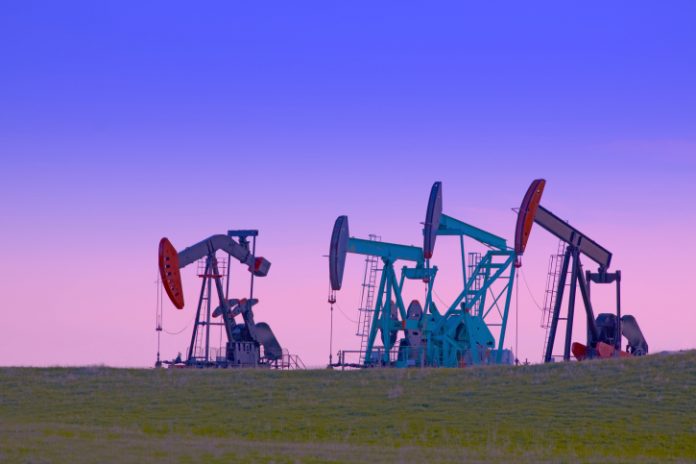Fracking activity in the United States has almost rebounded to pre-pandemic levels, says a March 2021 Rystad Energy Report.
New well completions in Permian basin in West Texas and a small portion of New Mexico exceeded maintenance levels in the first quarter of 2021, signaling an increase in production for the second quarter. Rystad Energy had estimated in September 2020 that U.S. fracking services would not return to pre-pandemic levels until 2025.
The new report registered 967 started frac operations in North America for March 2021.
Rystad estimates almost all major basins are positioned to operate at maintenance level production or above in the second quarter. The Permian Basin, which was hit hard by an unexpected freeze in Texas February, is anticipated to see sequential production growth. In March, 429 new fracking operations began operating in the Permian Basin, exceeding the 260 started in February.
Gas Flaring Declines
Gas flaring in the Bakken, Denver-Julesburg, Eagle Ford, Permian, and Powder River oil and gas producing basins continued to decline in January. Flaring in the Bakken shale basin dropped 5.7 percent and Permian flaring declined 1 percent despite the increase in activity. The report indicates that, once the final February numbers are posted, a spike in flaring in February in response to the winter weather crisis will be reported. However, preliminary reports indicate flaring levels dropped in March back to levels similar to January, resulting in a net quarterly reduction.
Policy Shift Driving Production Increases
The Biden administration’s reversal of Trump era policies is responsible for the increase in production, says Dan Kish, a senior fellow with the Institute for Energy Research.
“Activities of all kinds will increase in the Permian as prices increase from a combination of increased demand and the Biden Administration’s attempts to strangle domestic production and transportation of oil and gas throughout the United States,” Kish said. “President Biden’s decision to revoke the permit for the Keystone XL pipeline sent a message to markets that the United States is turning its back on the energy independence the nation finally achieved in 2019, which contributed to rising prices.
“In addition, the effects of the Wuhan virus on the economy are slowly receding, as Operation Warp Speed vaccines are delivered to Americans, and there is pent-up demand in the economy to travel,” said Kish.
Flaring reductions are tied to the increased number of pipelines approved and completed under President Trump transporting gas for use, Kish says, yet inexplicably, anti-energy groups oppose building new and maintaining existing pipelines.
“Natural gas flaring reductions will continue as more pipelines are built in the Permian to transport natural gas to markets,” said Kish. “Pipelines, like the Keystone XL pipeline are preferable to other forms of transport from both an economic and environmental perspective.
“Yet, anti-energy groups oppose pipelines even though they actually alleviate environmental problems and increase safety for the public and the environment,” said Kish.
Kevin Stone (kevin.s.stone@gmail.com) writes from Dallas, Texas.


























